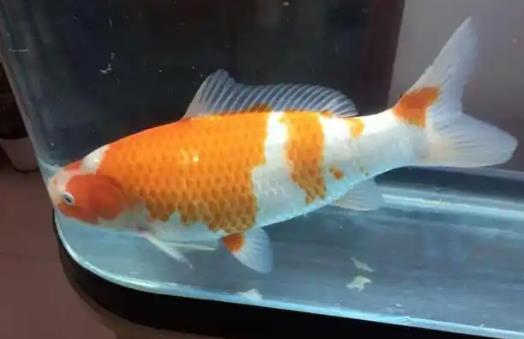The main reasons for the appearance of red spots on the belly of koi fish are as follows:
Red Spot Disease: Red spot disease is a common disease of koi fish, usually caused by abrasions. During the screening process, koi fish may be abraded by trawls or small fishing nets. These wounds are prone to infection by pathogenic bacteria such as Aeromonas hydrophila, resulting in the appearance of red spots on the skin. In severe cases, the skin may even ulcerate. This disease is more common in seasons with higher water temperatures (such as from July to September), so it is also known as "water burn disease."

Print Disease: Print disease is also a bacterial infectious disease, commonly found in koi fish and other ornamental fish. It is usually caused by Aeromonas punctata and is commonly seen when fish are injured during transportation or fights with other fish and then mismanaged. Red patches will appear on the diseased fish. If not treated in a timely manner, the patches will gradually expand and cause the skin to rot, and ultimately may lead to the death of the fish.
Treatment Methods:
Isolate the Diseased Fish: Once red spots are found on the belly of a koi fish, the diseased fish should be isolated immediately to prevent the spread of pathogens to other healthy fish.
Use Medications: You can use yellow powder (nitrofurazone) for a medicated bath, or apply mercurochrome to the area with red spots. In addition, soaking the fish in a potassium permanganate aqueous solution also has a certain therapeutic effect.
Improve Water Quality: Keep the water quality clean, change the water regularly, and avoid the deterioration of water quality. Control the feeding amount to prevent eutrophication of the water body.
Preventive Measures:
Avoid Fish Injuries: Try to avoid injuring the fish during the screening or transportation process.
Regular Disinfection: Regularly disinfect the fish tank and equipment to prevent the growth of pathogenic bacteria.
Control Water Quality: Keep the water quality clean and avoid excessive fluctuations in water quality.
